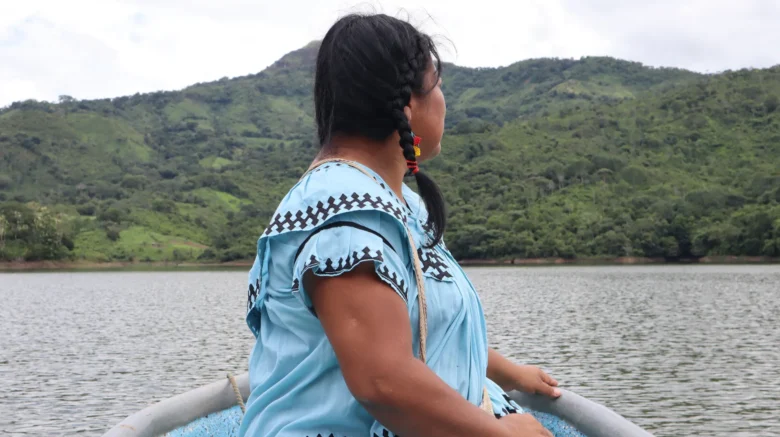Somos muy conscientes de que corremos el riesgo de perder nuestras tradiciones, cultura y medios de vida si se ponen en peligro nuestros derechos territoriales. Si se nos obligara a abandonar nuestras tierras, se alteraría fundamentalmente nuestro modo de vida y se perturbaría el tejido social y cultural de nuestras comunidades. Sentiríamos como si nuestra cultura e identidad como pueblos indígenas fueran sistemáticamente borradas.
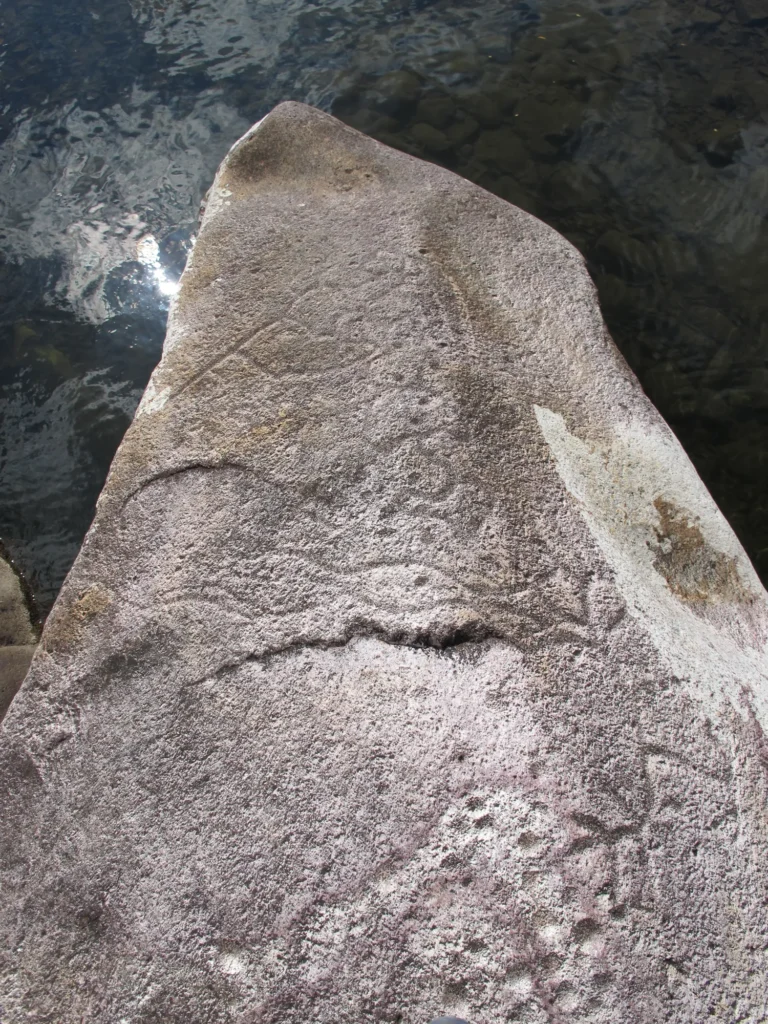
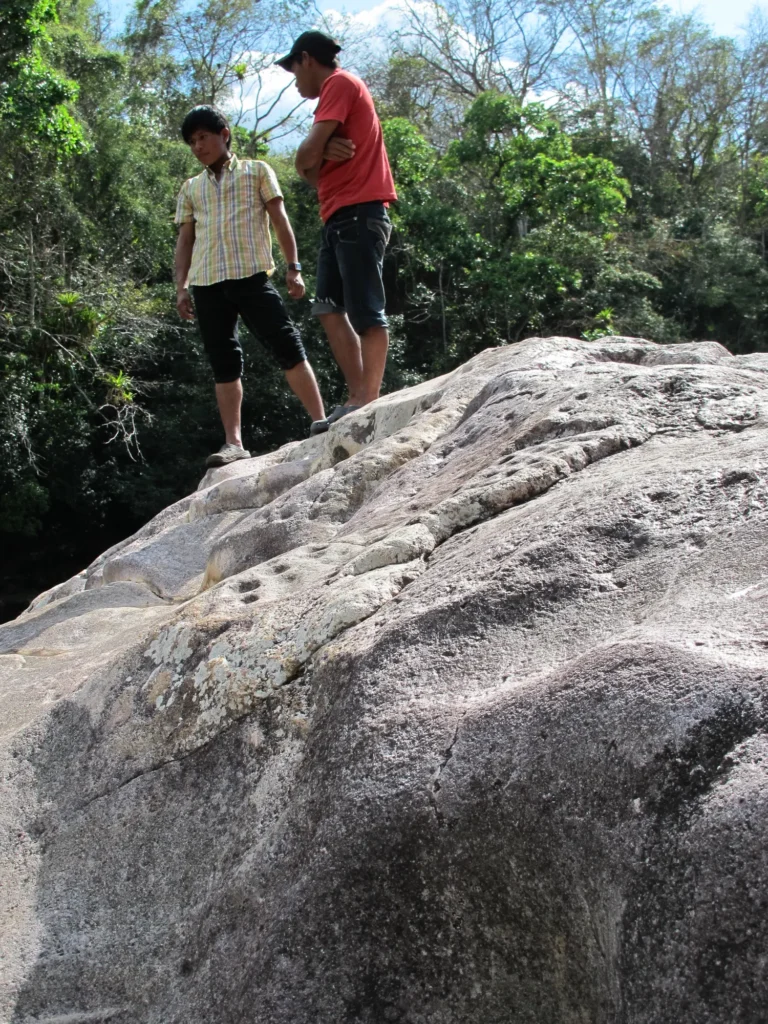
Una Historia de Resistencia
Nuestros antepasados habitaron una vasta área cultural que abarcaba las tierras bajas boscosas del oeste de Panamá y el este de Costa Rica. En 1502, Cristóbal Colón ancló en el archipiélago de Bocas del Toro, pero pronto fue repelido por un contingente de guerreros ngäbe. Ocho años más tarde, en 1510, Vasco Núñez de Balboa fundó un asentamiento español permanente en el este de Panamá, sometiendo violentamente la región y estableciendo la primera reclamación territorial española en América continental. En 1519, el cacique Urracá -uno de nuestros líderes indígenas más célebres- unió a las tribus del istmo en una campaña guerrillera de once años contra el Imperio español. Aunque ni él ni muchos otros fueron sometidos, muchas comunidades ngäbe huyeron de las tierras bajas y buscaron refugio en las montañas del interior de Panamá.
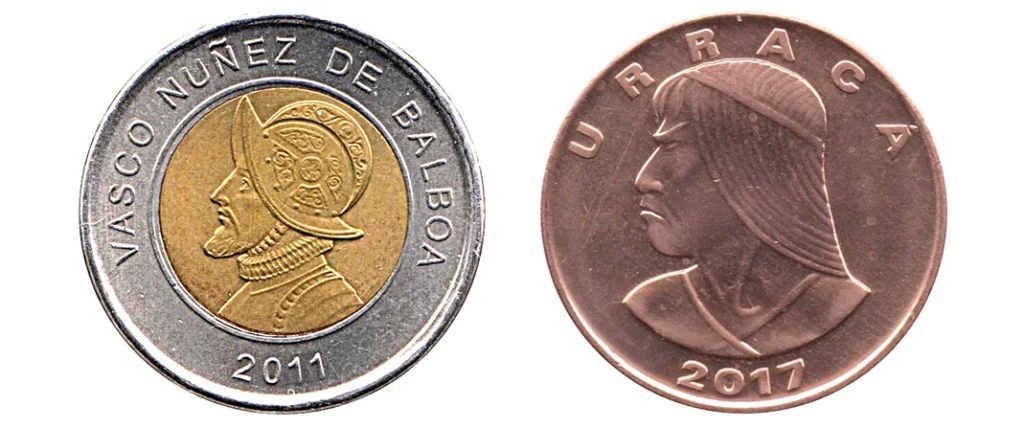
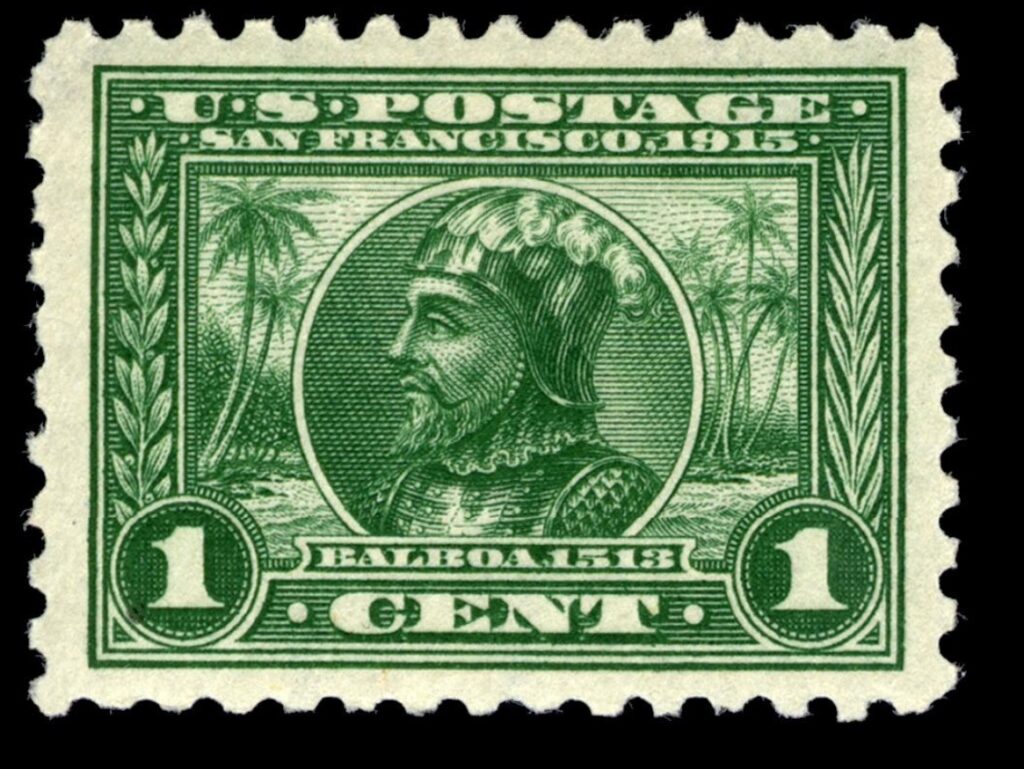
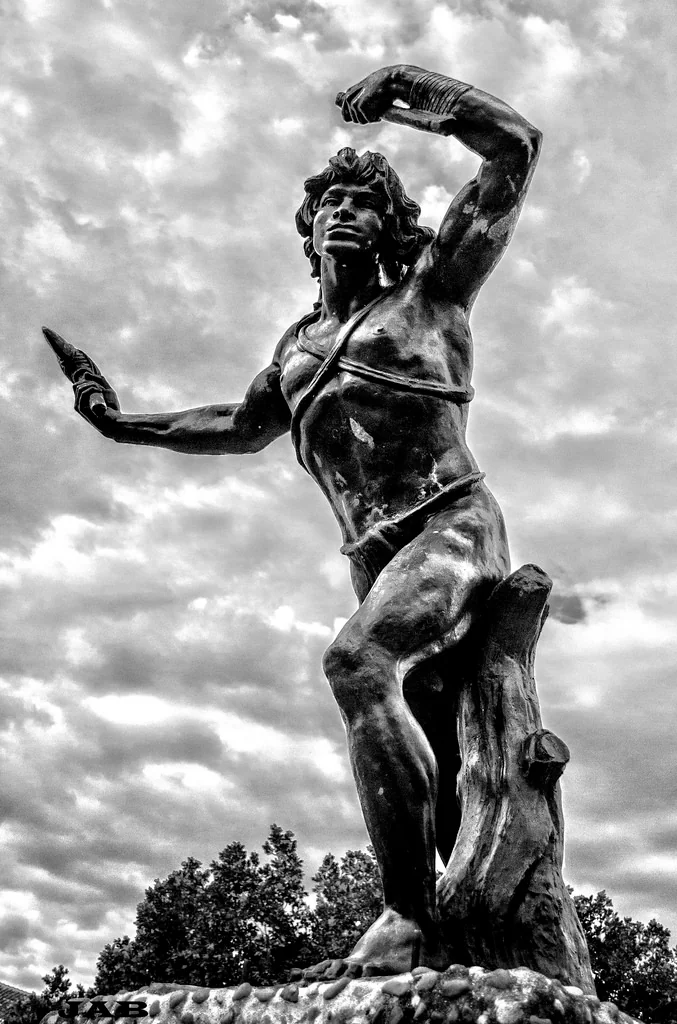
Comarca Ngäbe-Buglé
Las escarpadas montañas que un día sirvieron de bastión a Urracá y sus tropas forman hoy parte de la Comarca Ngäbe-Buglé, la mayor provincia indígena semiautónoma de Panamá. La campaña para establecer la Comarca surgió en respuesta a varias amenazas territoriales, como la expansión de las plantaciones bananeras de la United Fruit, la construcción de la Carretera Interamericana y el acaparamiento de tierras por parte de ganaderos y colonos invasores. El derecho a la Comarca Ngäbe-Buglé se consiguió tras una larga lucha que culminó en una histórica marcha a la capital.
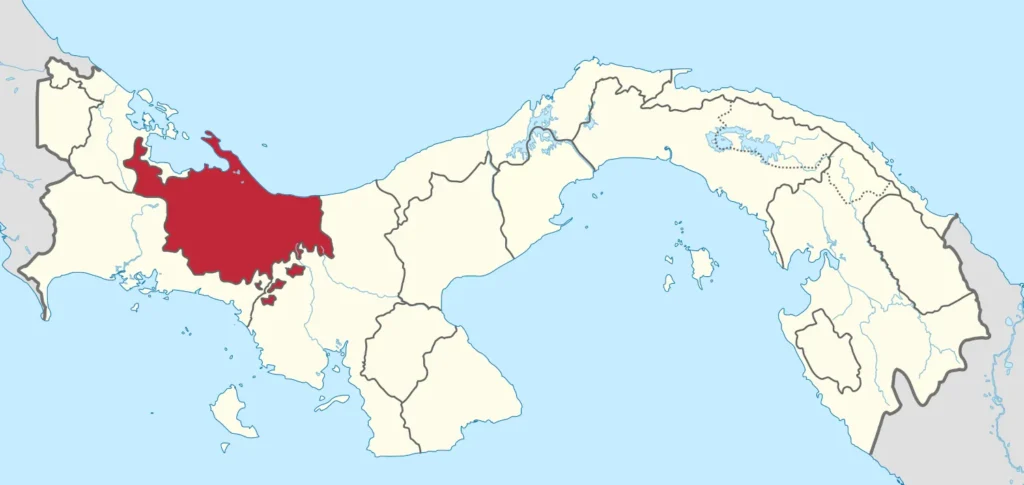
Creada en 1997, la Comarca tiene aproximadamente 212.084 habitantes (según el censo de 2023) y abarca 6.968 km² de territorio Ngäbe y Buglé que anteriormente estaba incorporado a las provincias de Bocas del Toro, Chiriquí y Veraguas. Con capital en Llano Tugri, la Comarca consta de nueve distritos, cuatro de los cuales están situados en la cuenca del Caribe. Como uno de los cinco enclaves indígenas legalmente demarcados de Panamá, la comarca goza de cierto grado de autonomía, incluidas sus propias estructuras políticas, poderes y procesos de toma de decisiones, así como ciertas protecciones legales. Sin embargo, sus derechos no se extienden al subsuelo, lo que ha provocado conflictos con el gobierno nacional de Panamá, que ha intentado explotar los extensos yacimientos de cobre de la comarca.
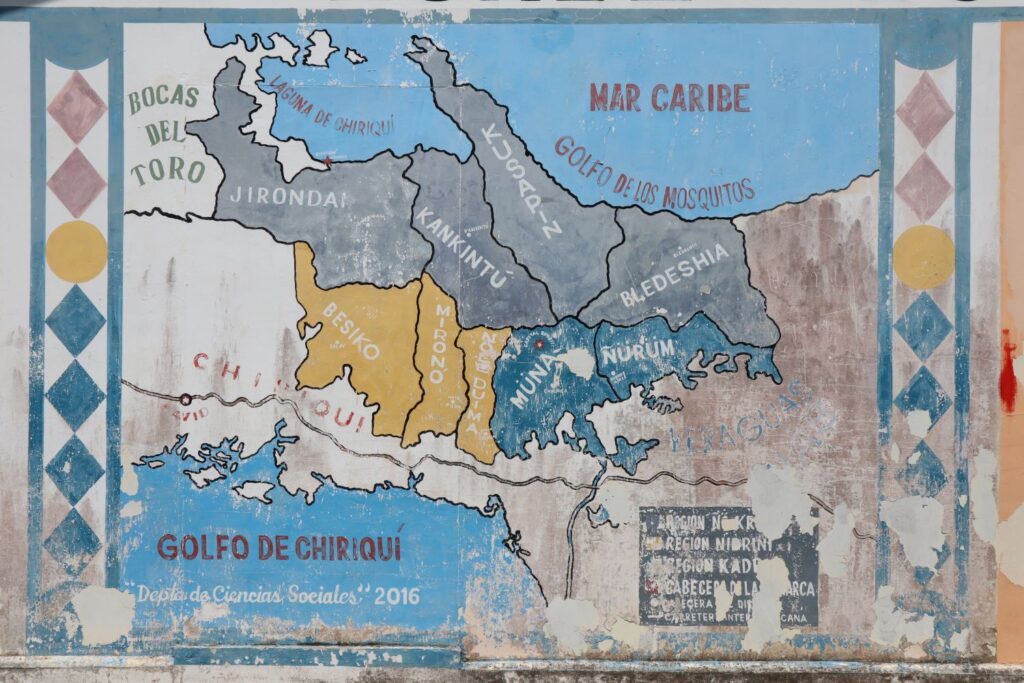
Fuera de la Comarca
Decenas de miles de Ngäbe viven en comunidades, ciudades y asentamientos fuera de la Comarca, principalmente en las provincias de Bocas del Toro, Chiriquí y Veraguas, así como en la vecina Costa Rica. A menudo somos excluidos de las decisiones políticas de alto nivel que impactan nuestras vidas y generalmente carecemos de los medios para emprender acciones legales, por ejemplo, en disputas relacionadas con la tierra y la titulación. En algunos lugares, el español puede ser bastante limitado, dejando a nuestras comunidades vulnerables a la explotación.
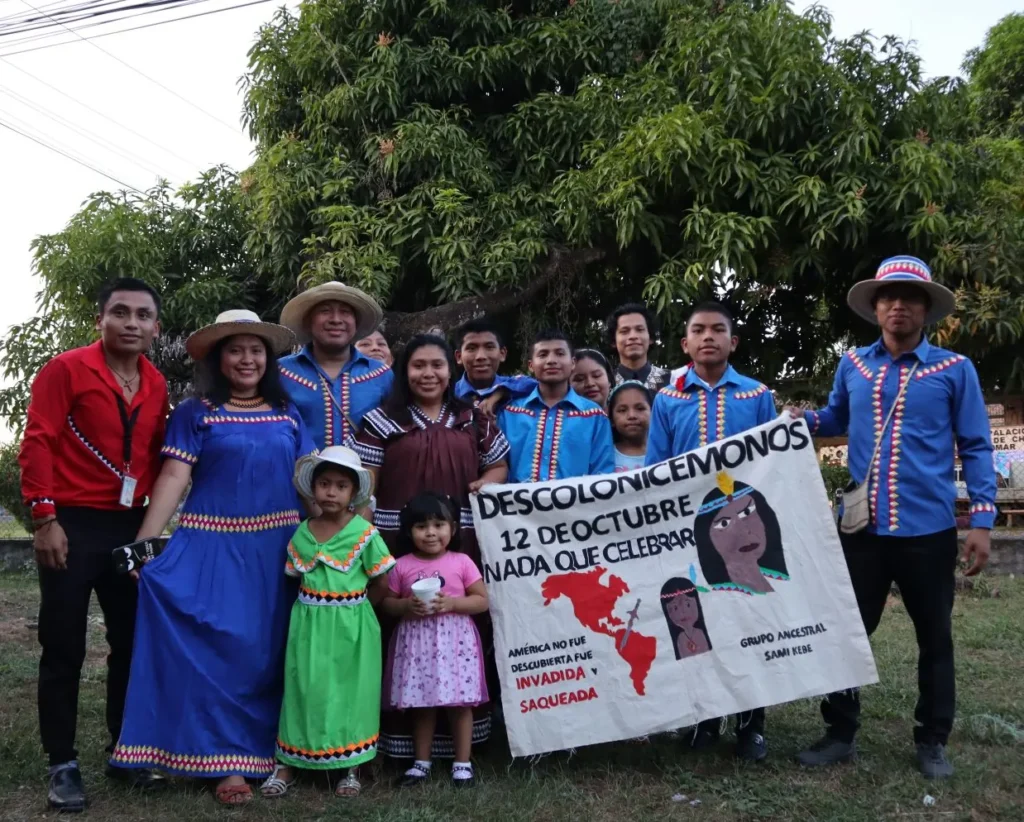
Arriba: Nuestros aliados, el grupo ancestral Sami Kebe, celebran el Día de la Raza el 12 de octubre con un llamamiento a la descolonización: «No hay nada que celebrar. América no fue descubierta. Fue invadida y saqueada».
